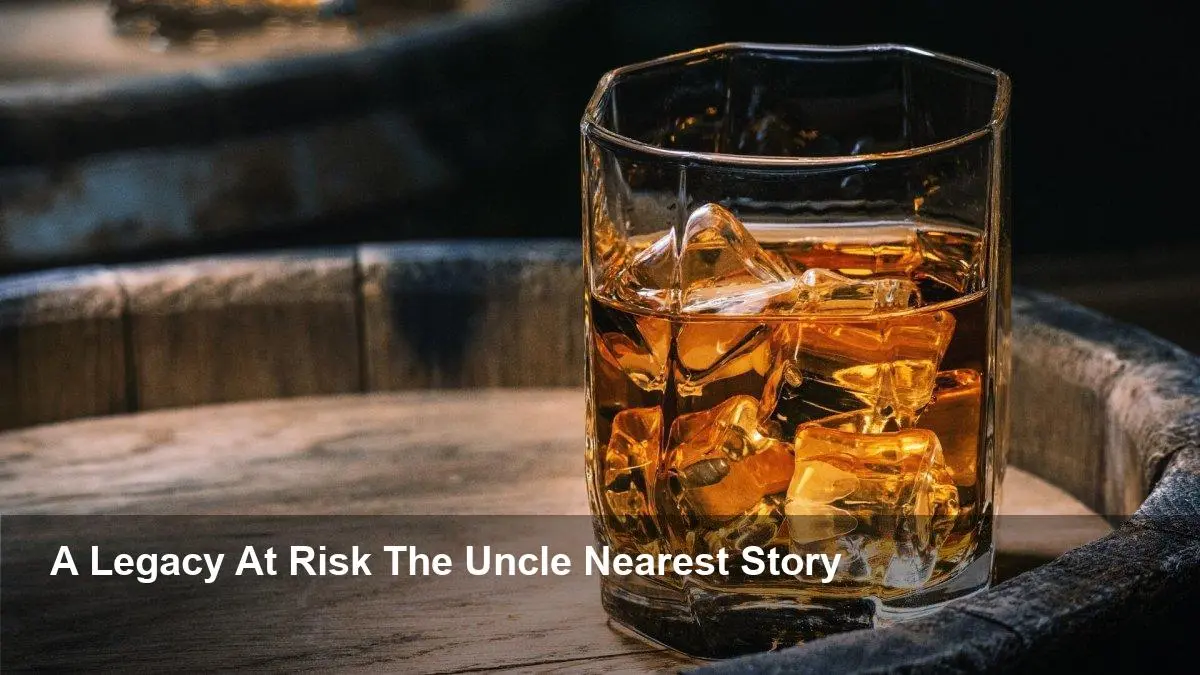Highlights
- Court-Ordered Receivership: The celebrated whiskey brand Uncle Nearest is now under the control of a court-appointed receiver after defaulting on over $108 million in loans.
- Asset Sale Planned: To stabilize its finances, the company is preparing to sell non-core assets, including French vineyards and a Cognac château.
- Reorganization, Not Liquidation: Despite the severe financial distress, the receiver believes the core whiskey brand is viable and is aiming for a reorganization, possibly through a Chapter 11 bankruptcy, to avoid a complete shutdown.
- Mismanagement Alleged: The crisis is being blamed on poor recordkeeping and mismanagement by a previous executive, including allegations of inflating the value of collateral by $24 million.
A Legacy in Jeopardy
The acclaimed whiskey brand Uncle Nearest, celebrated for reviving the story of Nathan “Nearest” Green, the first known African American master distiller, is facing a severe financial crisis that threatens its future. The company has been placed under a court-ordered receivership following a lawsuit from its senior lender, Farm Credit Mid-America, jeopardizing the legacy of a 159-year-old story.
The Financial Downfall
The situation escalated when the lender filed a federal lawsuit in late July 2025, accusing the brand of defaulting on more than $108 million in loans and credit lines. The lawsuit contains serious allegations, including breaches of financial covenants and, most notably, overstating the value of whiskey barrels used as collateral by as much as $24 million.
As a result, a federal judge ordered that control of the company be handed over to a receiver, Phillip G. Young Jr., effectively removing its founders from operational authority.
A Glimmer of Hope: The Path to Recovery
Despite the grim circumstances, the appointed receiver has expressed confidence that the core business can be saved. Young has already begun implementing a turnaround strategy aimed at stabilizing the company rather than liquidating it.
Key Steps Being Taken:
- Securing Short-Term Funding: The lender has agreed to provide $2.5 million in immediate funding to cover overdue bills and essential fees.
- Selling Non-Core Assets: The company plans to sell off its cognac business, which includes valuable French vineyards and a château. These assets are considered non-essential as the company lacks the capital to bring the cognac product to market.
- Operational Adjustments: The receiver has initiated cost-cutting measures, including laying off 12 employees, and is working to mend the relationship with the primary lender.
In a court filing, Young stated, “The company has significant value and can be reorganized, as a going concern.” He emphasized that a “fire sale liquidation” is not in the company’s best interest.
What Lies Ahead for Uncle Nearest?
While a formal Chapter 11 bankruptcy filing remains a possibility, it would be pursued as a tool for reorganization, not dissolution. This would allow Uncle Nearest to restructure its debt and operations while continuing to produce its award-winning whiskey.
The receiver’s initial 13-week budget suggests that revenues from ongoing operations are sufficient to cover expenses, a positive sign for its potential survival. However, the road ahead is challenging as the company works to overcome what Young described as problems stemming from poor recordkeeping and past mismanagement. The fate of this historically significant brand now rests on a carefully managed recovery plan to preserve its powerful legacy.
Image Referance: https://finance.yahoo.com/news/159-old-liquor-brand-faces-013700162.html
